Forums
- Forums
- Duggy's Reference Hangar
- IJAAF Library
- Kawasaki Ki-10 'Perry'
Kawasaki Ki-10 'Perry'
Post a reply
- Go to Previous topic
- Go to Welcome
- Go to Introduce Yourself
- Go to General Discussion
- Go to Screenshots, Images and Videos
- Go to Off topic
- Go to Works in Progress
- Go to Skinning Tips / Tutorials
- Go to Skin Requests
- Go to IJAAF Library
- Go to Luftwaffe Library
- Go to RAF Library
- Go to USAAF / USN Library
- Go to Misc Library
- Go to The Ops Room
- Go to Made in Germany
- Go to Campaigns and Missions
- Go to Works in Progress
- Go to Juri's Air-Raid Shelter
- Go to Campaigns and Missions
- Go to Works in Progress
- Go to Skinpacks
- Go to External Projects Discussion
- Go to Books & Resources
-
13 years agoWed Mar 26 2014, 05:10pm
 Main AdminThe Kawasaki Ki-10 'Perry' was the best biplane fighter to serve with the Imperial Japanese Army, and was a highly manoeuvrable aircraft that had a big influence on the design of later monoplane fighters.
Main AdminThe Kawasaki Ki-10 'Perry' was the best biplane fighter to serve with the Imperial Japanese Army, and was a highly manoeuvrable aircraft that had a big influence on the design of later monoplane fighters.
The Ki-10 was designed in an attempt to produce a Japanese fighter equal to the British Hawker Fury or American Boeing P-26A. Kawasaki's first design, the Ki-5 inverted gull-winged monoplane, was rejected in 1934 because it was not manoeuvrable enough. The Army then ordered Kawasaki to produce a high-performance biplane while Nakajima designed a monoplane (the Nakajima Ki-11).
The Ki-10 was designed by Takeo Doi. He produced a clear biplane with wings of unequal span, and powered by an 850hp Kawasaki Ha-9-IIa V-19 liquid cooled engine which drove a two-blade wooden propeller. The first prototype was completed in March 1935 and the second in April. The new aircraft was faster and more manoeuvrable the Ki-5 and more manoeuvrable but slower than the Ki-11 monoplane.
In an attempt to increase speed the third prototype used a metal three-blade propeller, while flush-head rivets were used in an attempt to reduce drag. The fourth prototype was similar but with in increased dihedral on the upper wing to improve stability.
These changes closed the speed gap, and the Ki-10's manoeuvrability ensured that Kawasaki were awarded a production contract for the Ki-10, as the Army Type 95 Fighter Model 1
The Ki-10-I and Ki-10-II were used in combat during the Nomohan Incident and in the second Sino-Japanese War, where their great manoeuvrability made them very popular with their pilots. The same pilots would go on to demand the same level of manoeuvrability from their newer monoplane fighters, resulting in aircraft that won a series of outstanding victories against the second-line Allied aircraft they faced in 1941-42, but that were very vulnerable when facing more modern opposition.
Variants
Ki-10-I/ Army Type 95 Fighter Model 1
The first production version of the Ki-10 was identical to the fourth prototype. It was armed with two 7.7mm machine guns, mounted on the upper decking of the engine housing. Kawasaki built 300 Ki-10-Is between December 1935 and October 1937.
Engine: Kawasaki Ha-9-IIa V-12 liquid cooled engine
Power: 850hp at take-off, 720hp at sea level, 800hp at 11,485ft
Crew: 1
Wing span: 31ft 3 31/32in
Length: 23ft 7 in
Height: 9ft 10in
Empty Weight: 2,866lb
Loaded Weight: 3,738lb
Climb to 16,405ft in 5 minutes
Max Speed: 248.5mph at 9,845ft
Service Ceiling: 32,810ft
Range: 684 miles
Armament: Two 7.7mm Type 89 machine-guns on upper decking of engine cowling
Ki-10-II/ Army Type 95 Fighter Model 2
The Ki-10-II was developed at the same time as the Ki-10-I was being produced. It had a longer fuselage and larger wings than the Ki-10-I, and was significantly more stable. The 185th Ki-10 was used as the prototype, and the design was then ordered into production as the Army Type 95 Model 2. 280 were built between June 1937 and December 1938.
Engine: Kawasaki Ha-9-IIa V-12 liquid cooled engine
Power: 850hp at take-off, 720hp at sea level, 800hp at 11,485ft
Crew: 1
Wing span: 43ft 10.5in
Length: 24ft 9 3/4in
Height: 9ft 10 1/8 in
Empty Weight: 2,998lb
Loaded Weight: 3,836lb
Climb to 16,405ft in 5 minutes
Max Speed: 248.5mph at 9,845ft
Service Ceiling: 37,730ft
Range: 684 miles
Armament: Two 7.7mm Type 89 machine-guns on upper decking of engine cowling
Ki-10-I Kai
The Ki-10-I Kai was a cleaned-up version of the Ki-10-I, produced in April-October 1936 using the 200th Ki-10 airframe. A new low-drag cantilever undercarriage was installed, and the radiator was moved back from its original position under the engine to a new one between the undercarriage legs. Using the same engine as the standard Ki-10-I top speed was increased by 12.5mph.
Ki-10-II Kai
Two Ki-10-II Kais were produced by converting two standard Ki-10-IIs to the Ki-10-I Kai standard. The Ki-10-II Kai was also given a new engine, the Ha-9-IIb, which was capable of producing 950hp for short bursts at 12,470ft, up from the 800hp of the Ha-9-IIa used in all other versions of the Ki-10.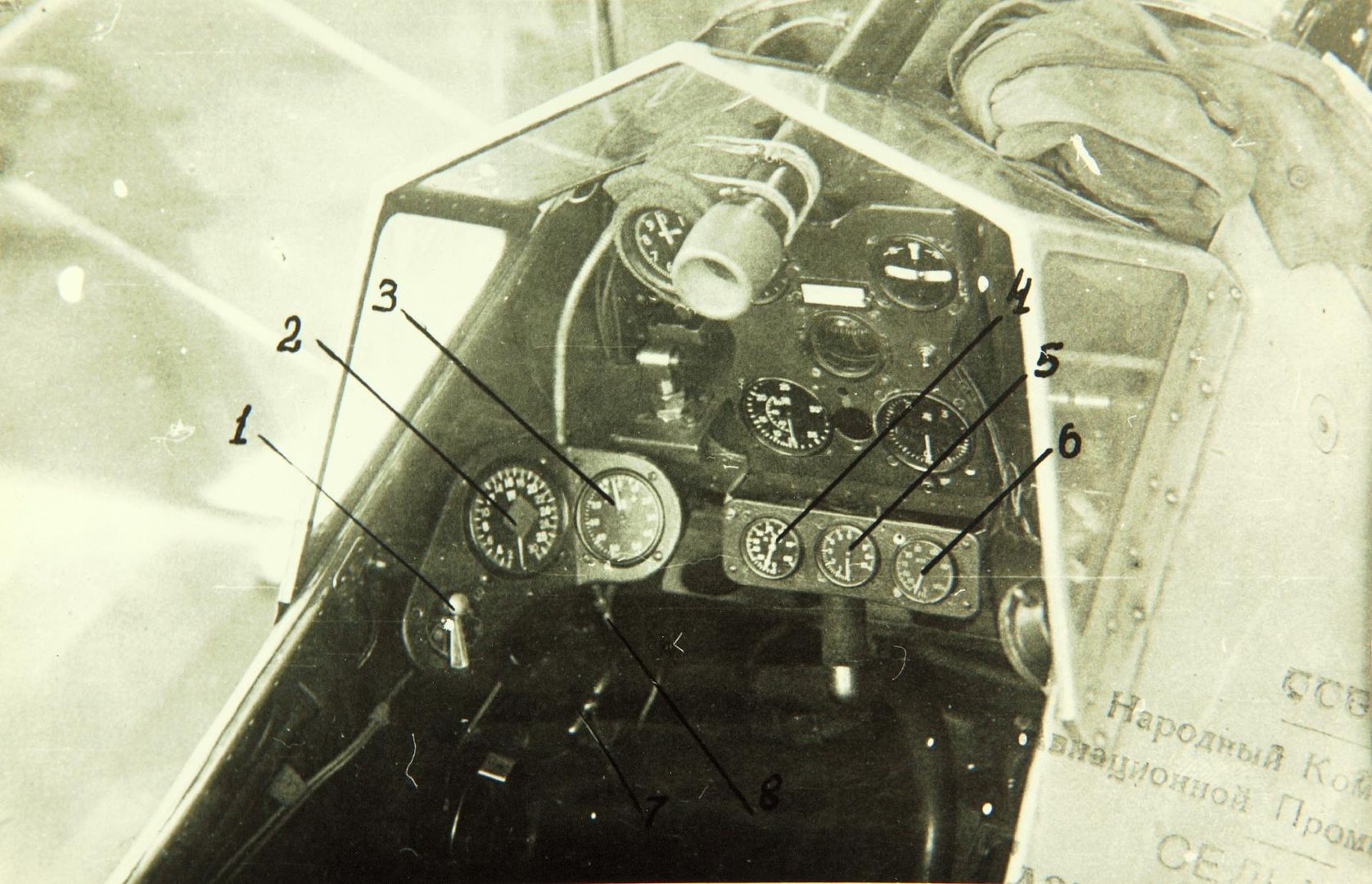
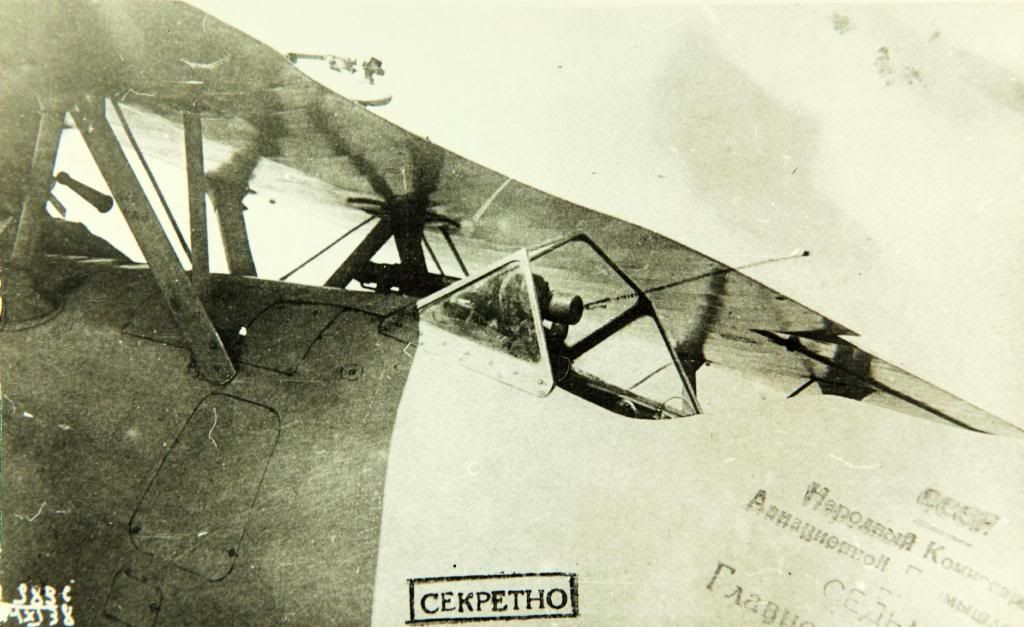
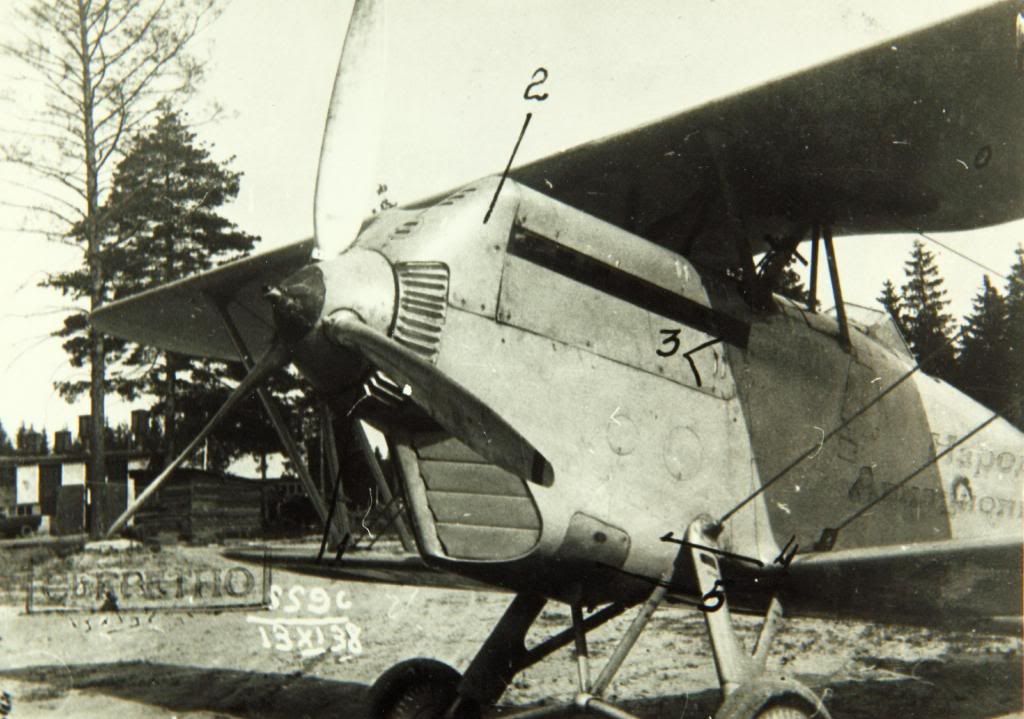
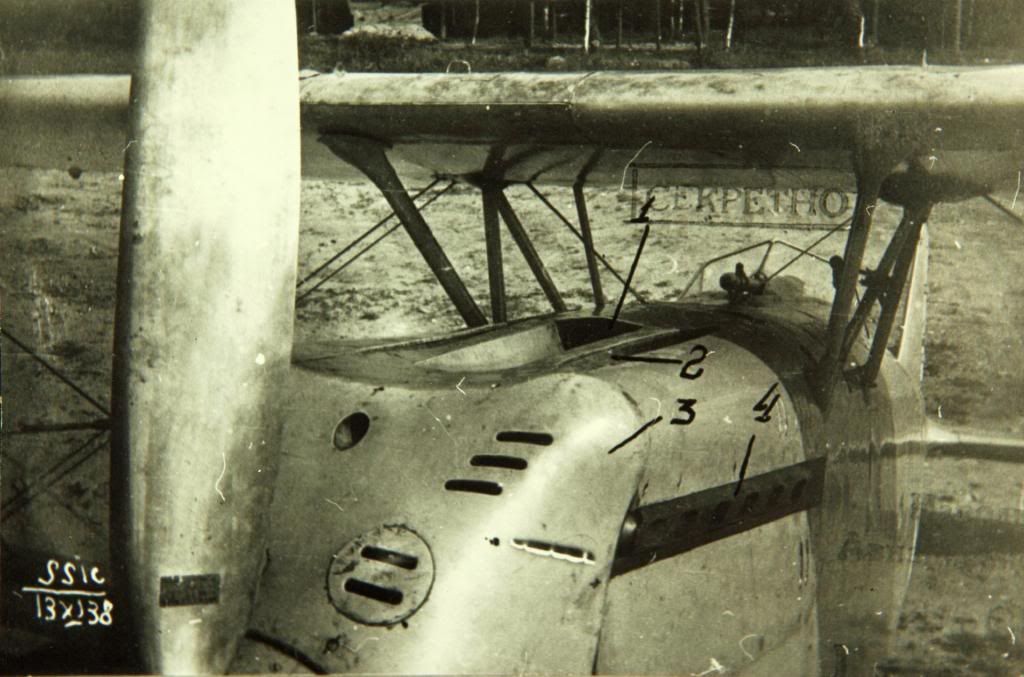
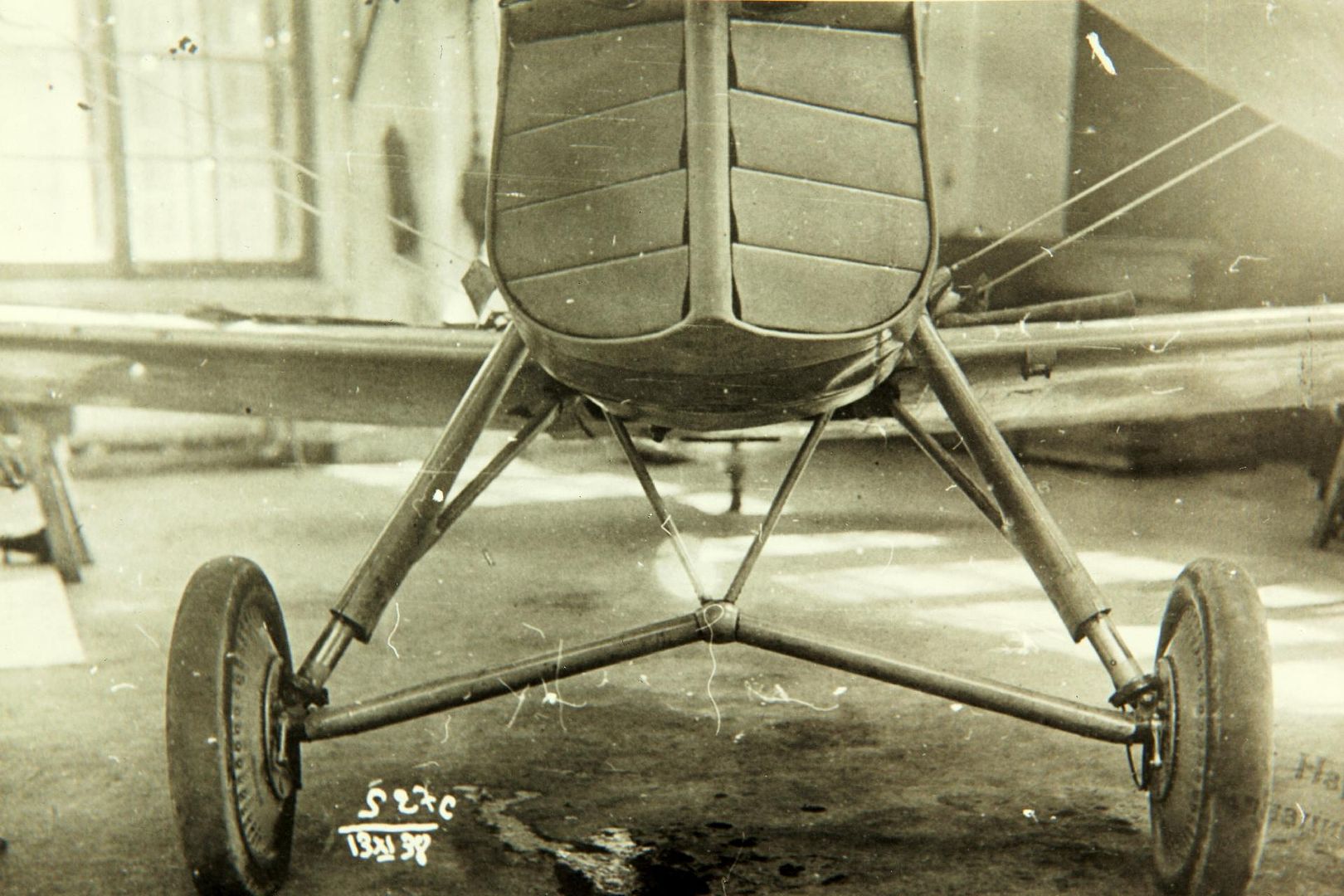
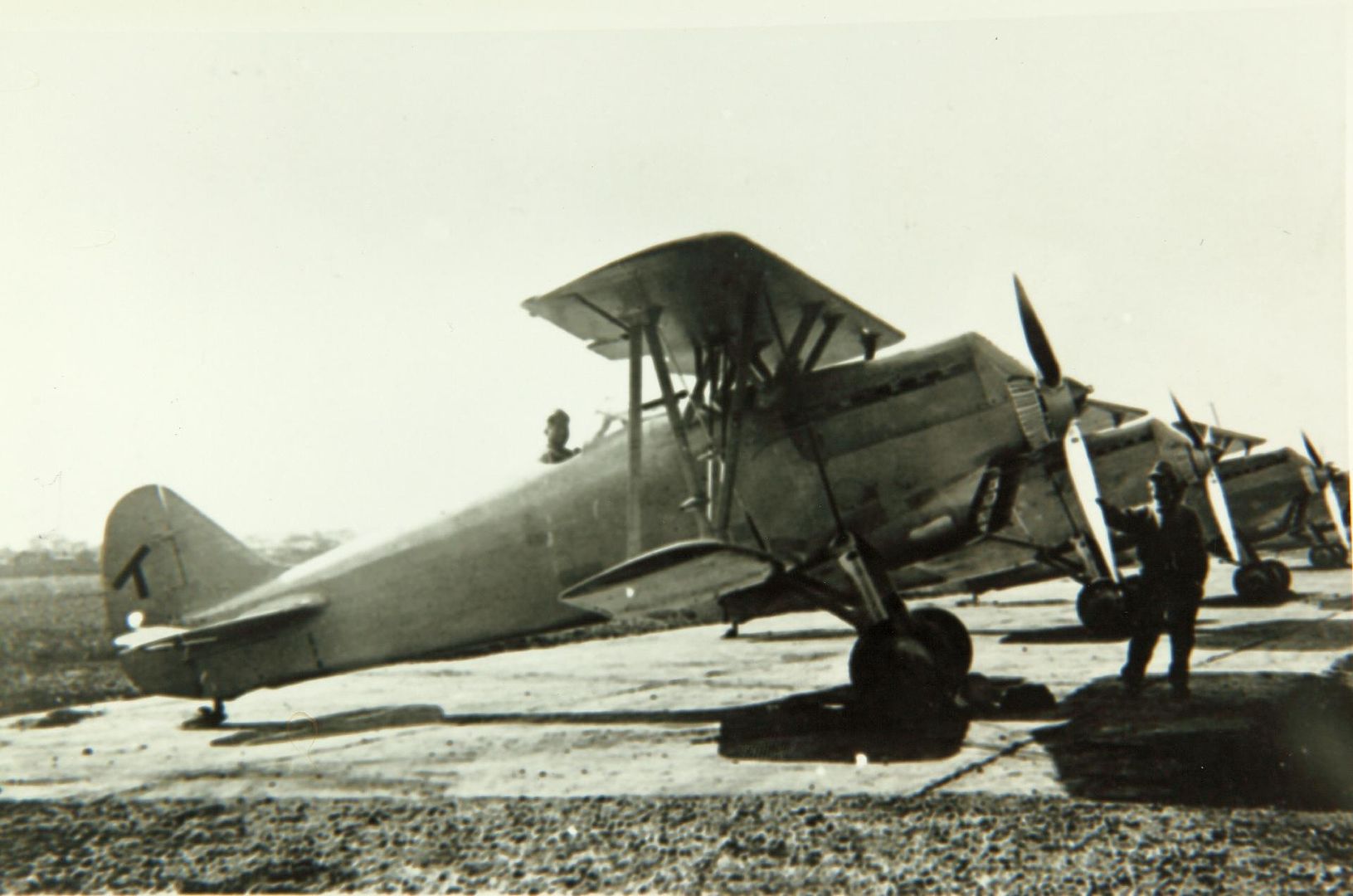
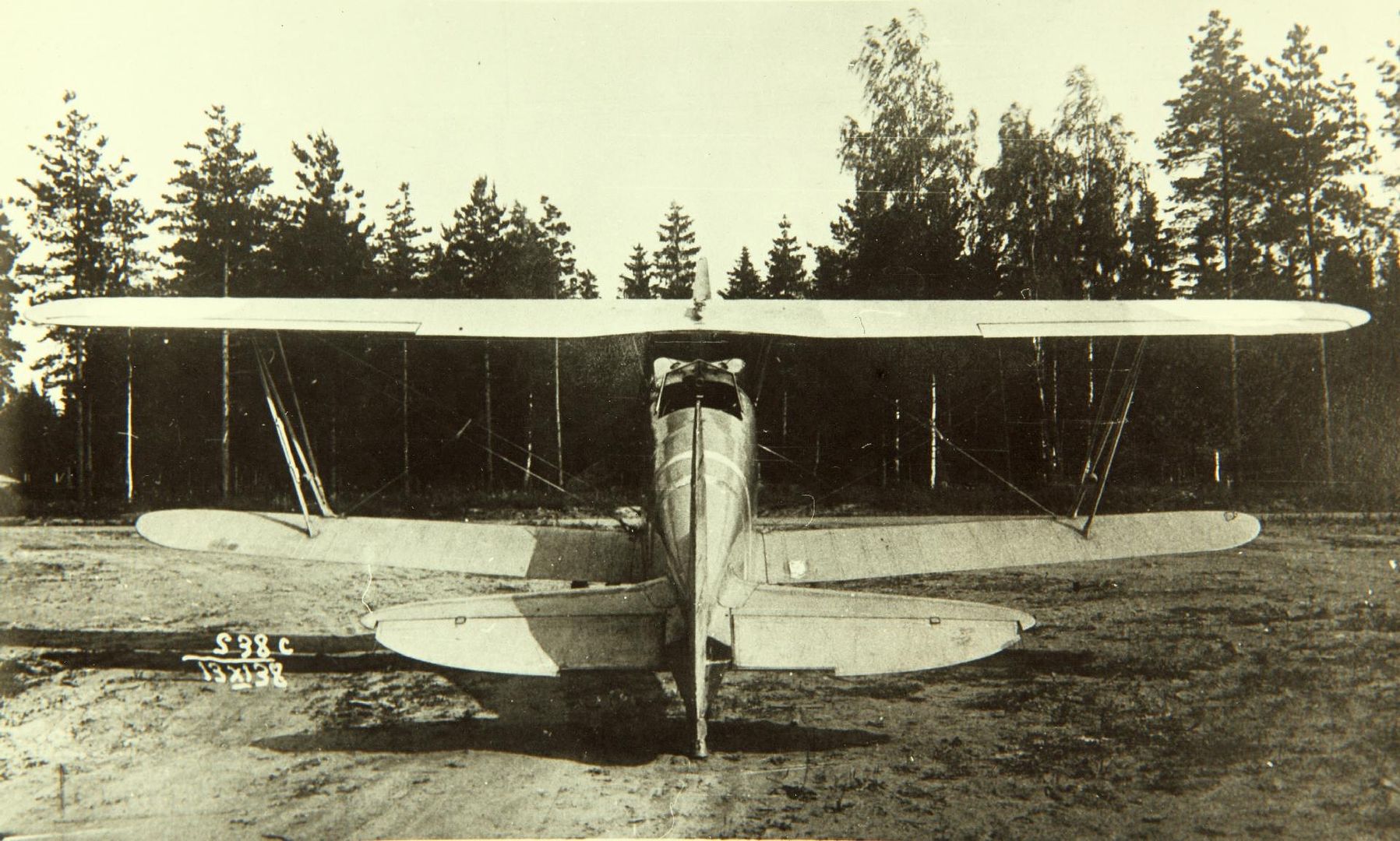
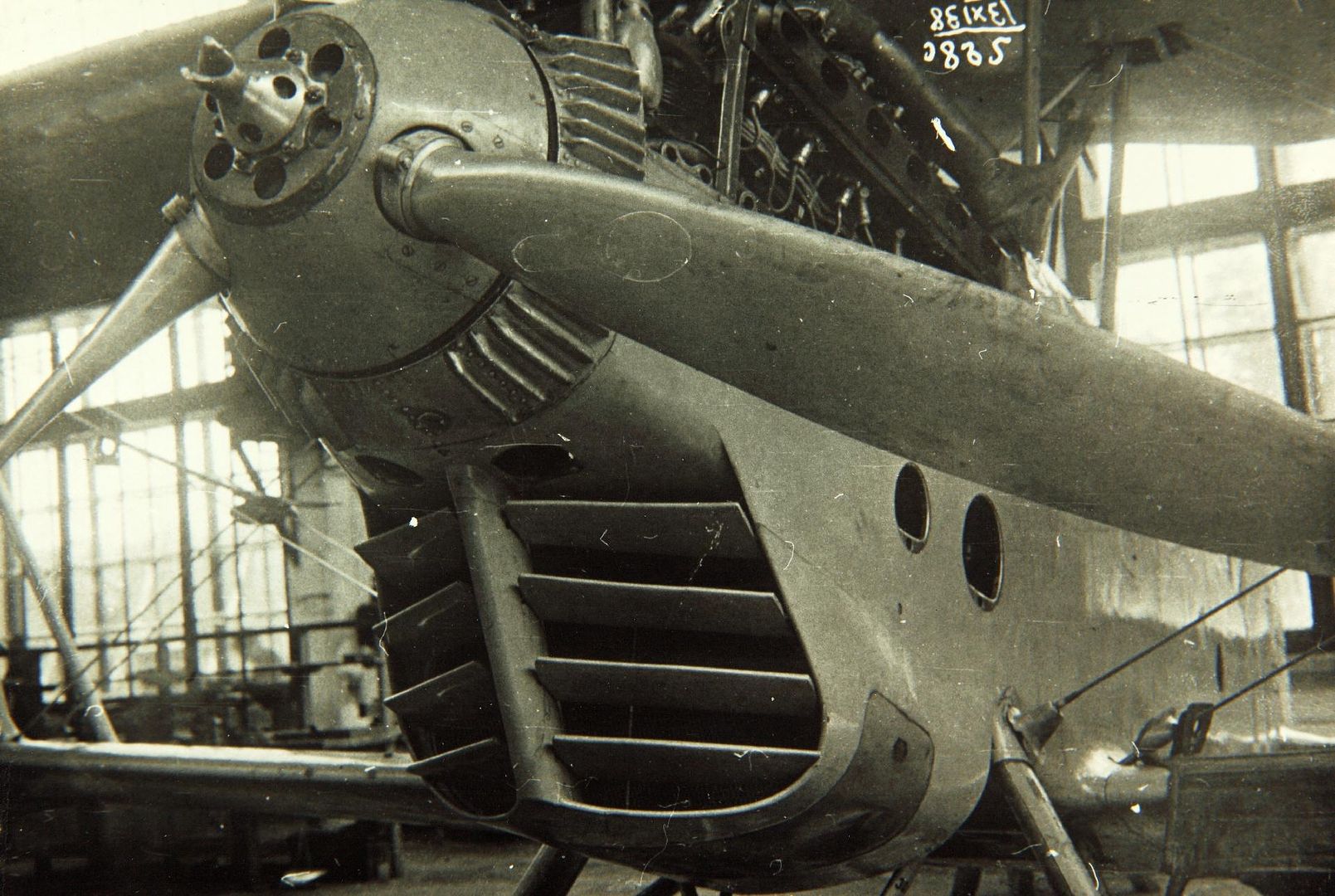
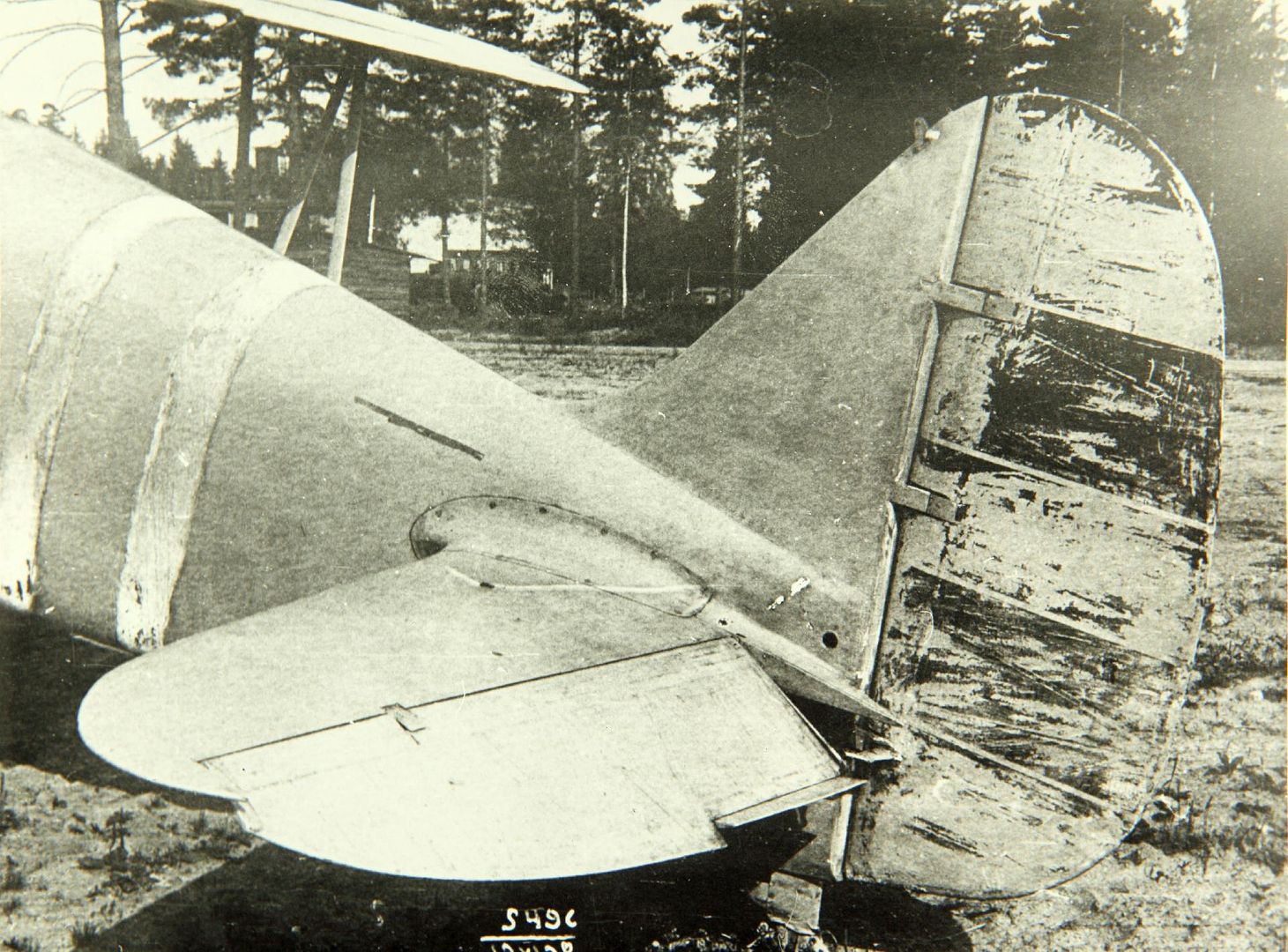
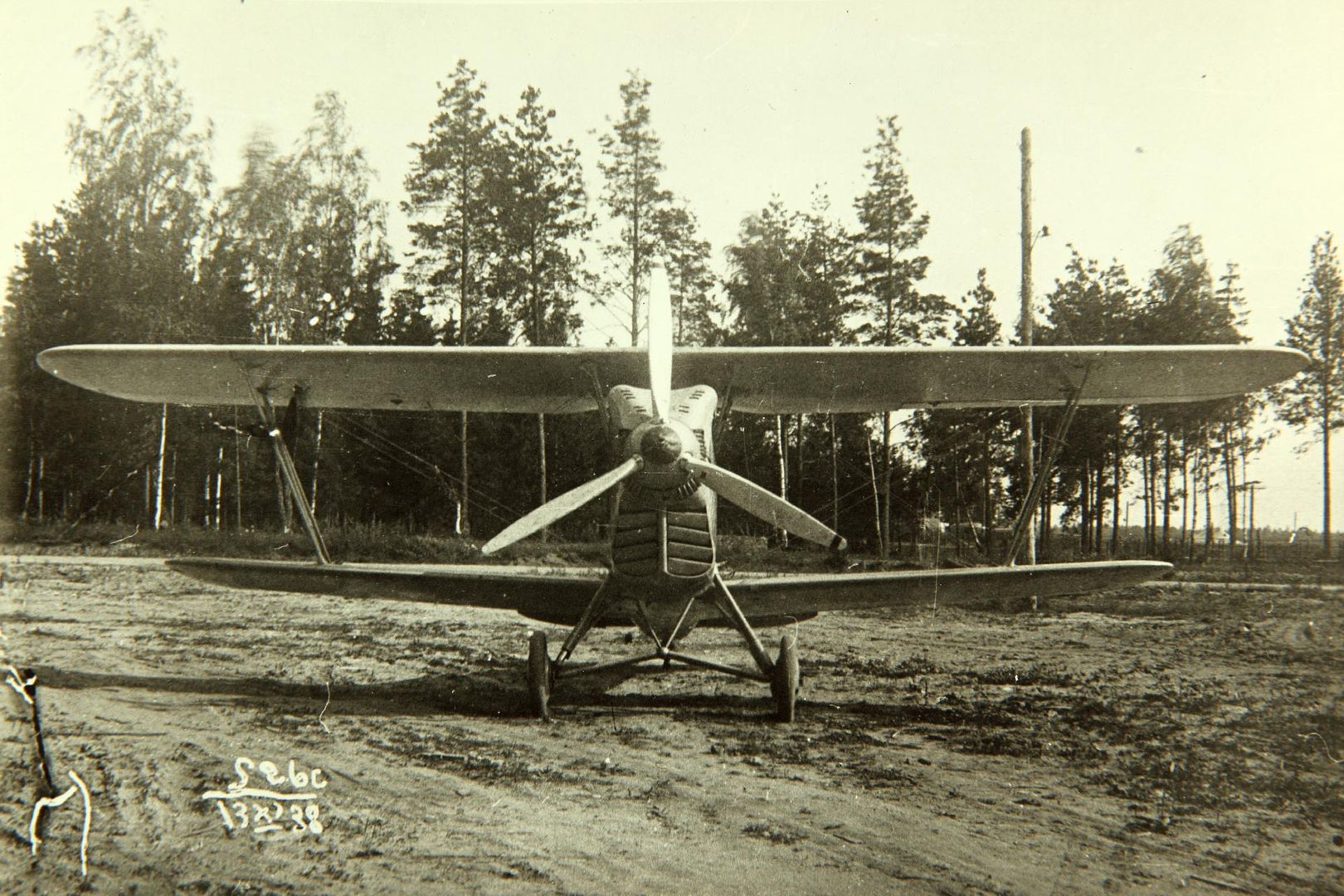
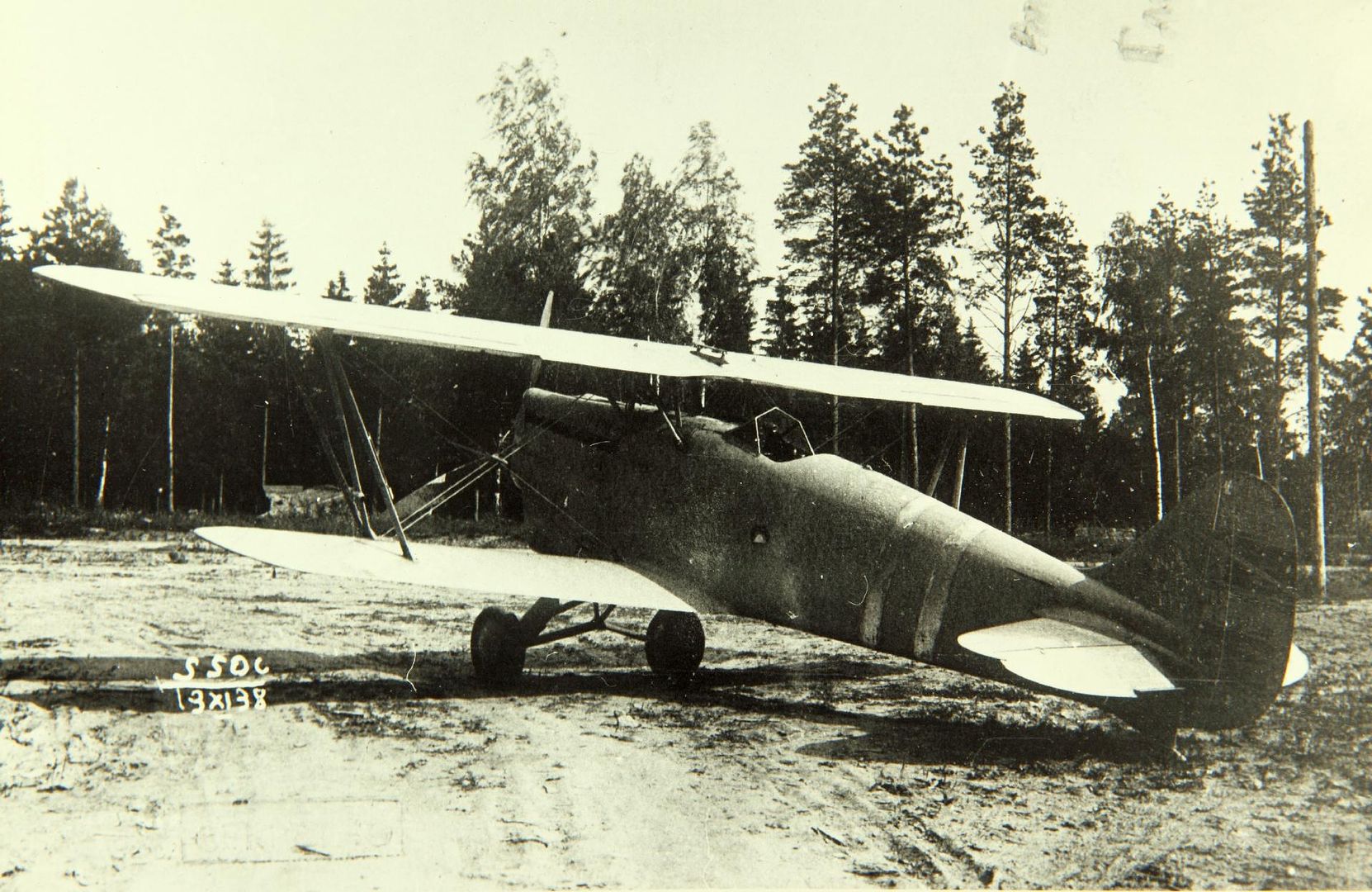


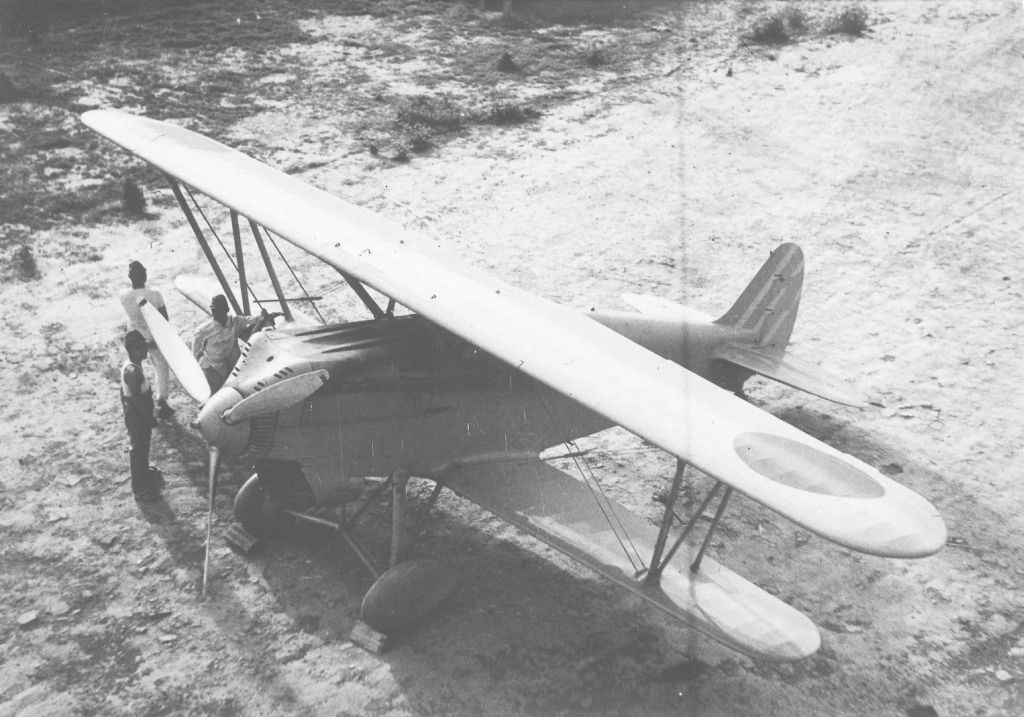

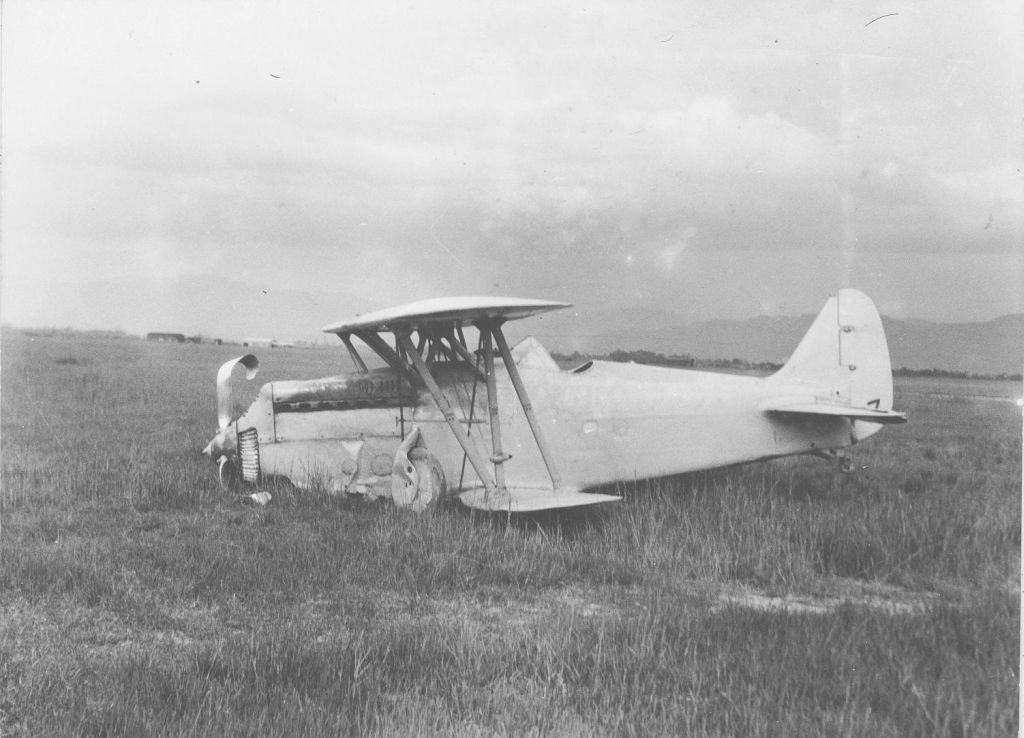
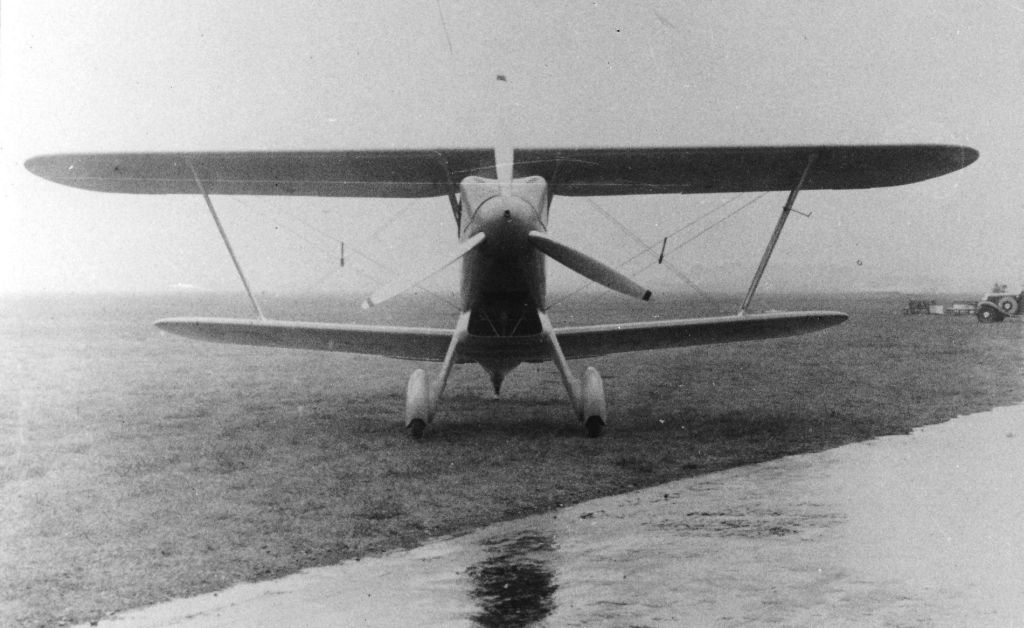
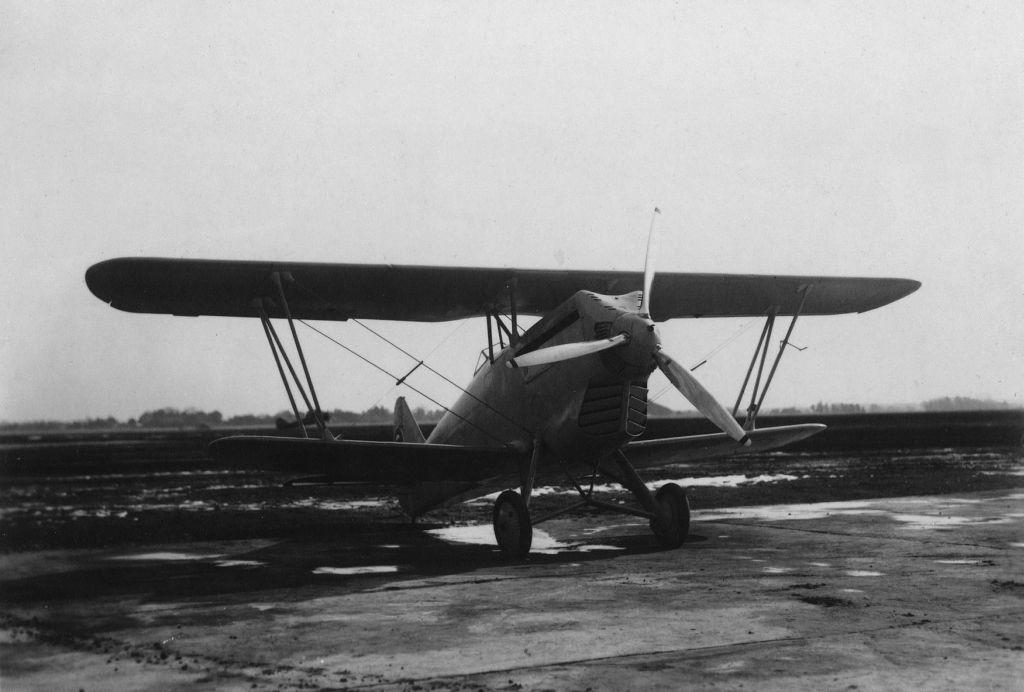
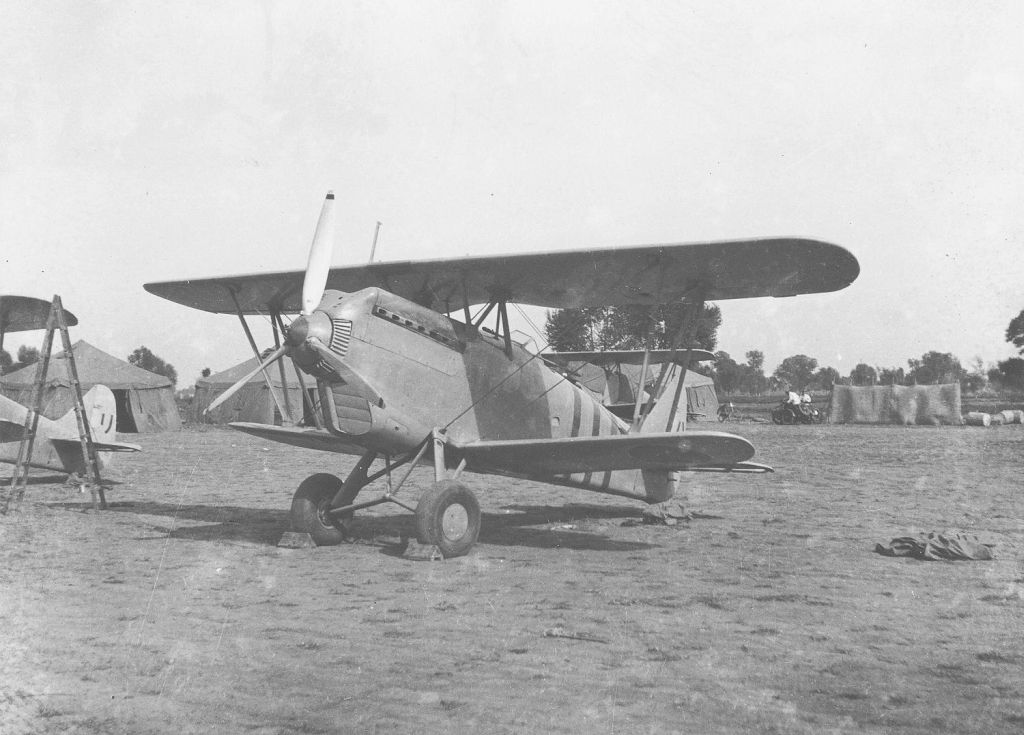
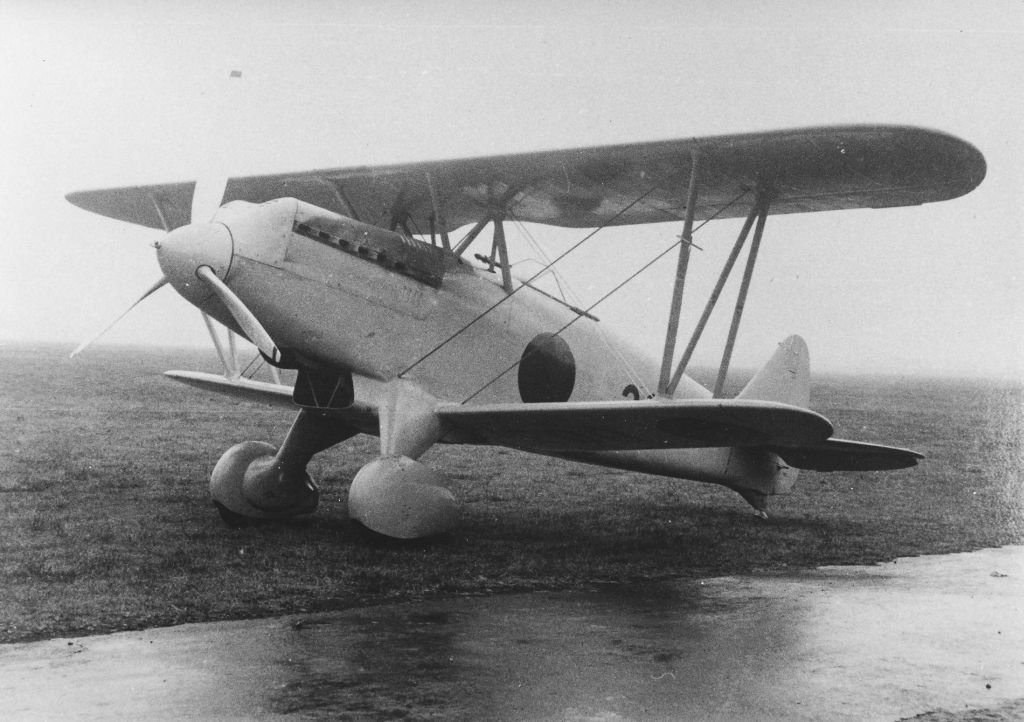
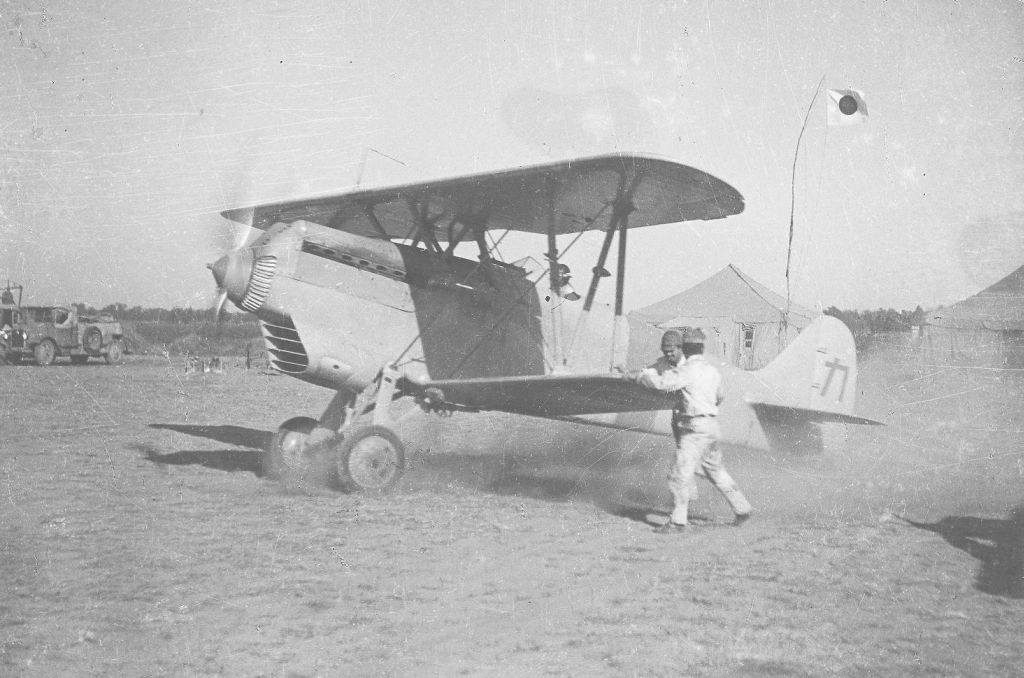
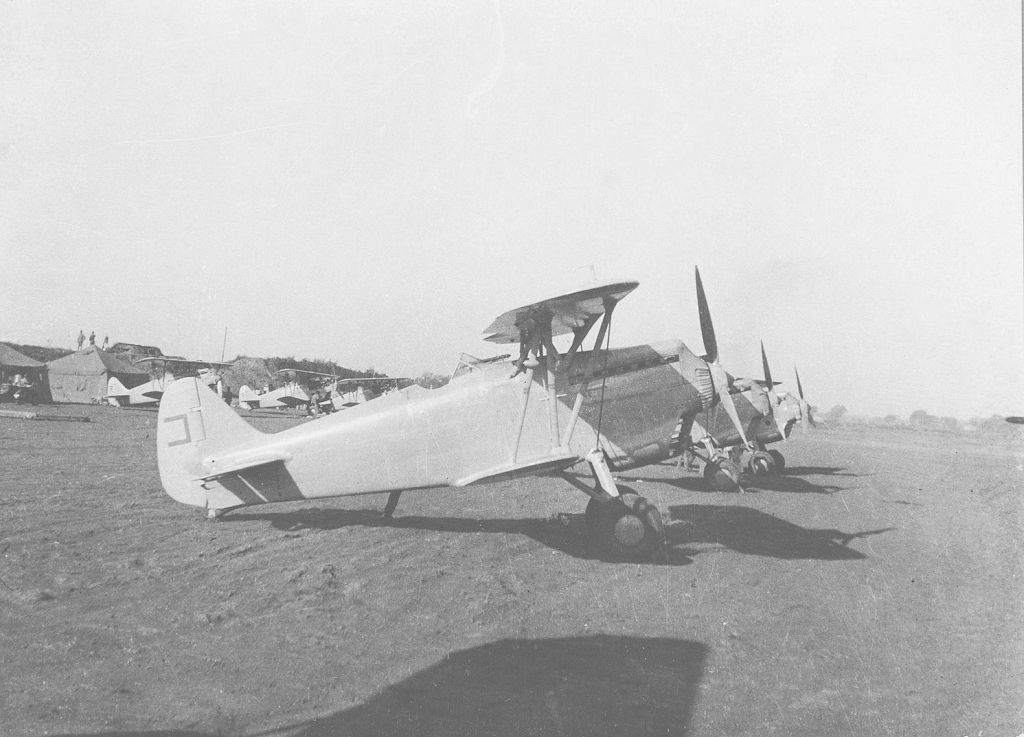
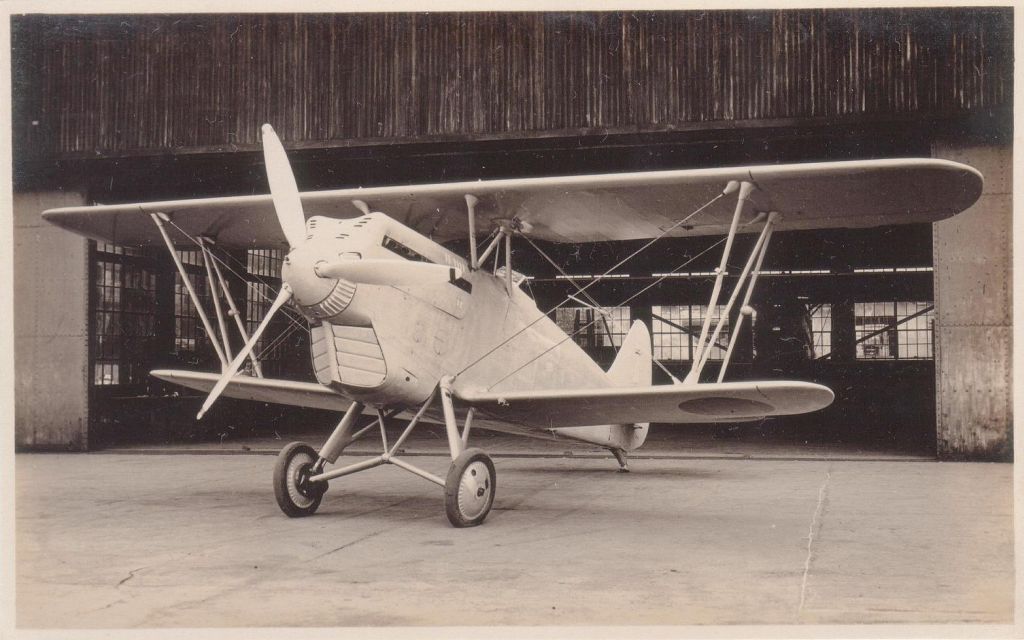
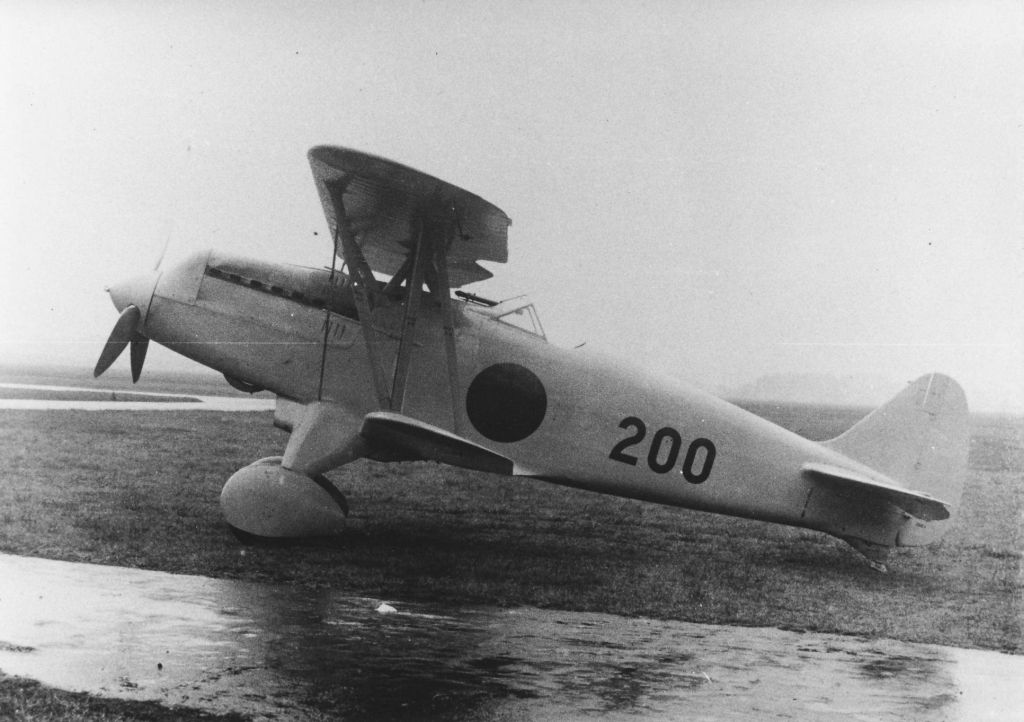
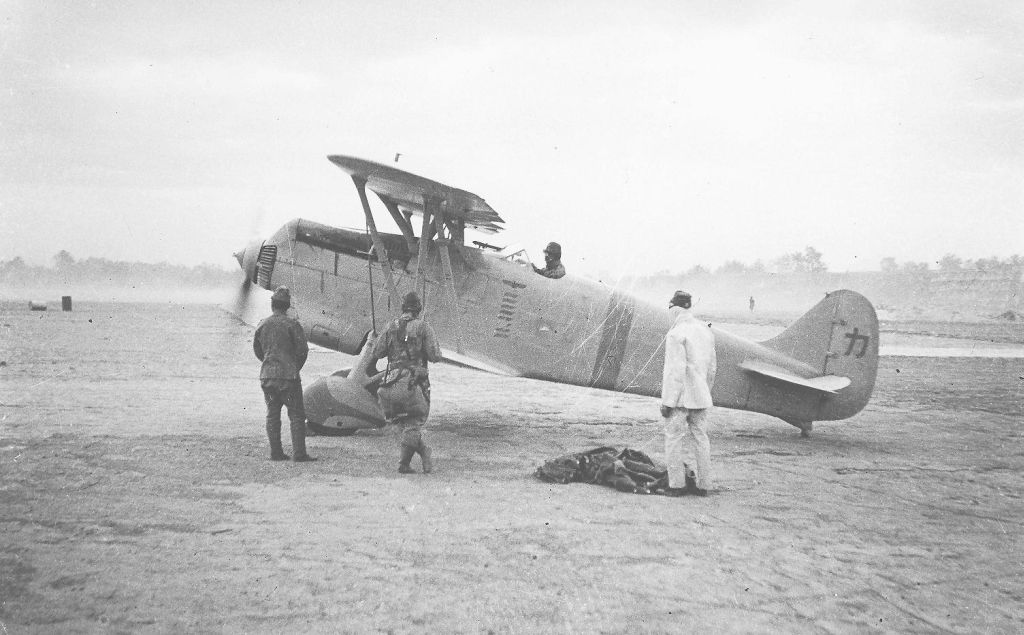
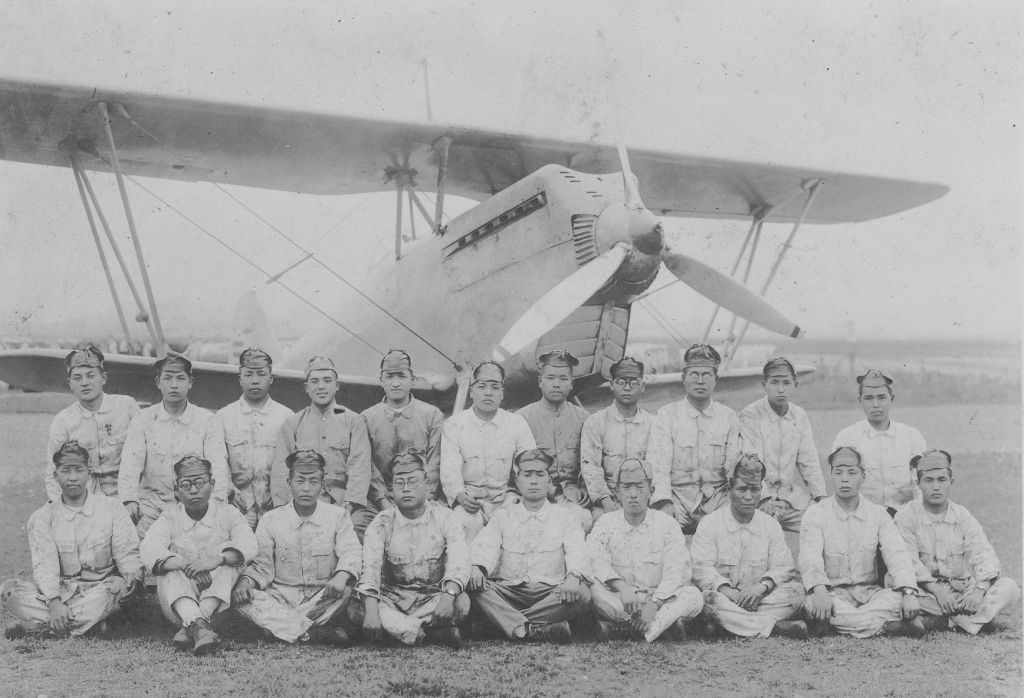
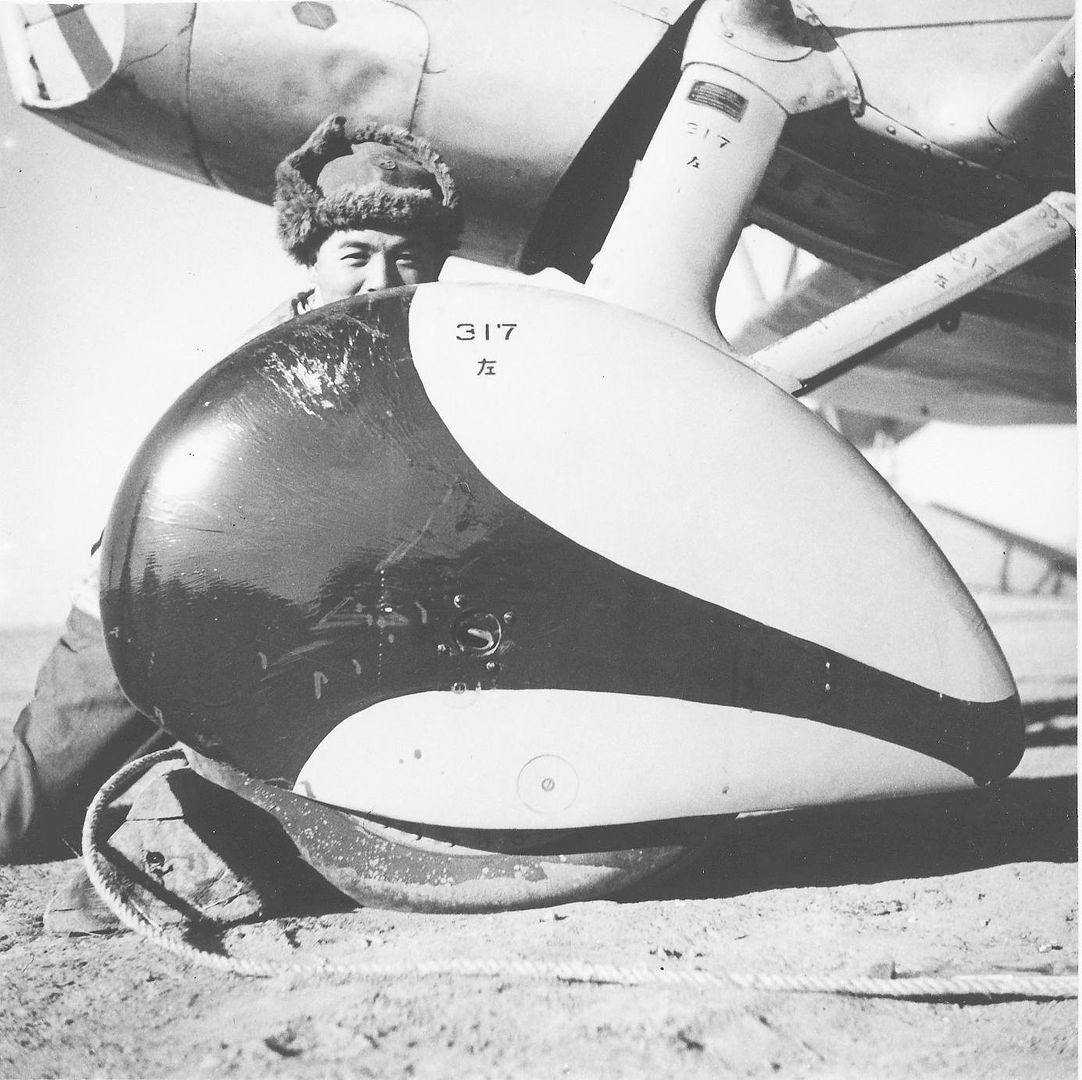

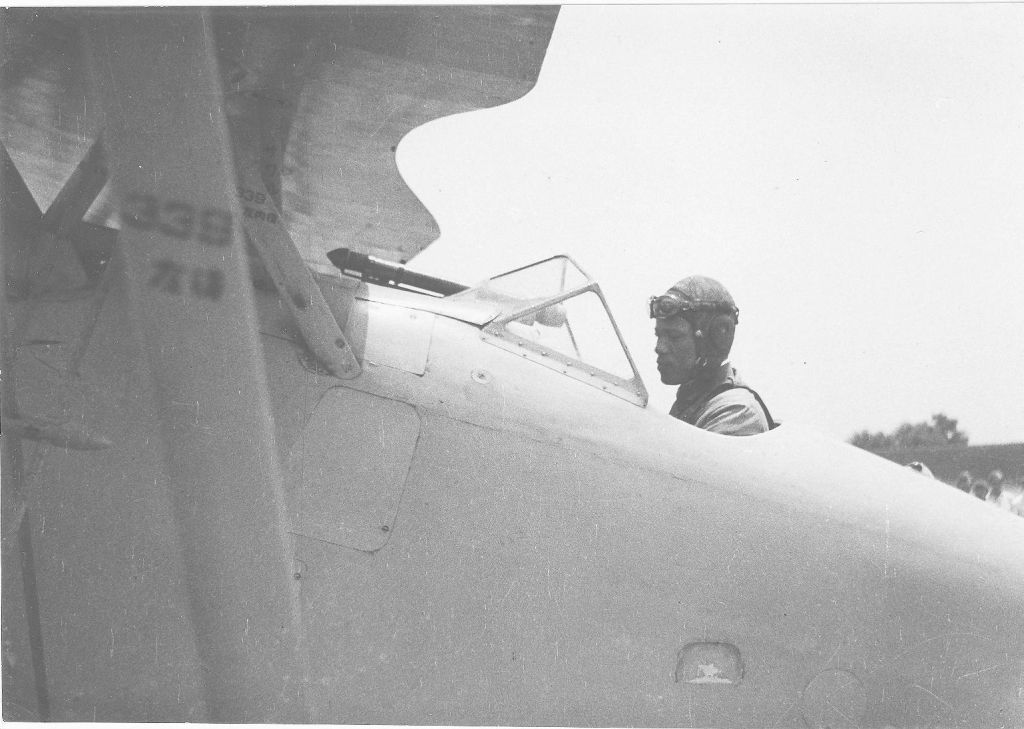
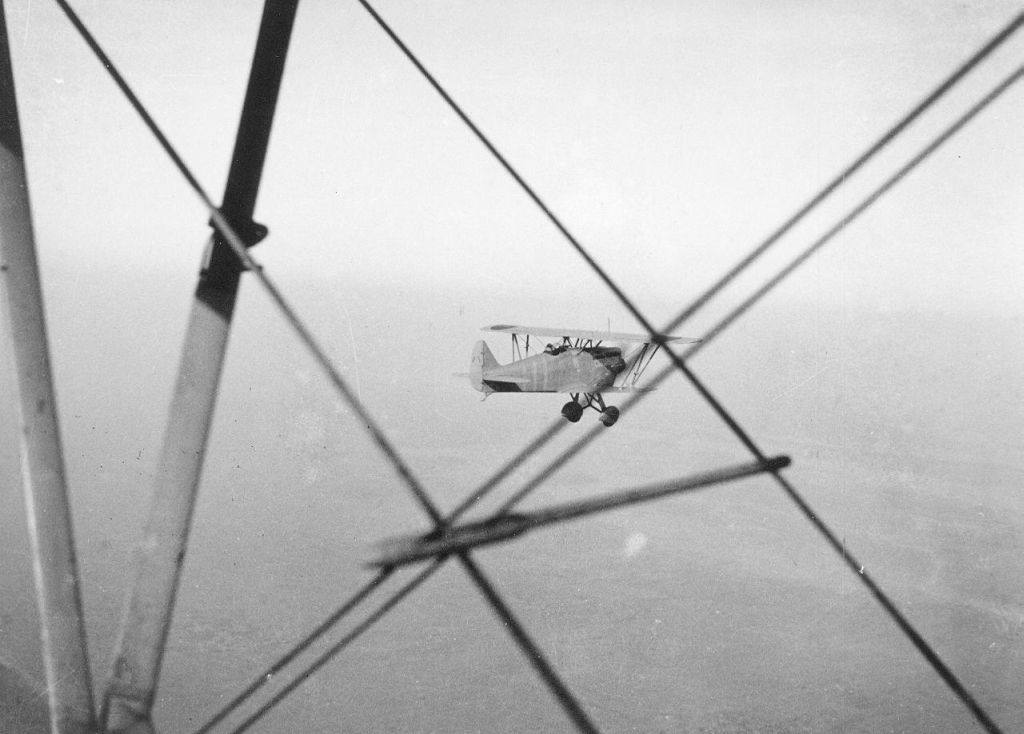
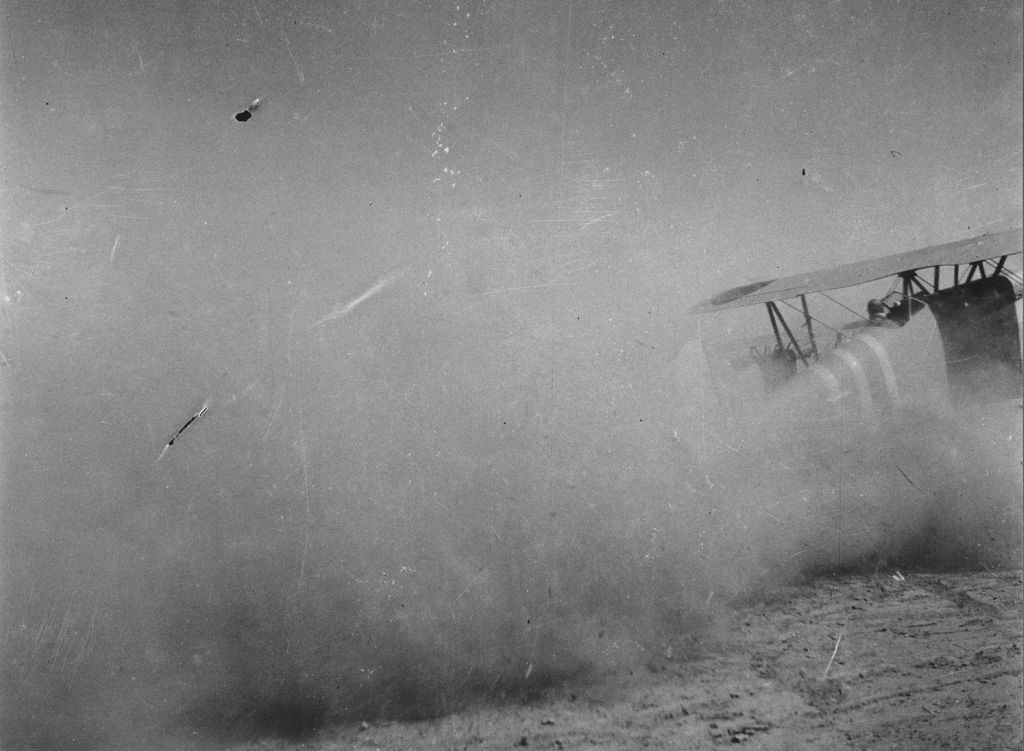
Regards Duggy.
Post a reply
- Go to Previous topic
- Go to Welcome
- Go to Introduce Yourself
- Go to General Discussion
- Go to Screenshots, Images and Videos
- Go to Off topic
- Go to Works in Progress
- Go to Skinning Tips / Tutorials
- Go to Skin Requests
- Go to IJAAF Library
- Go to Luftwaffe Library
- Go to RAF Library
- Go to USAAF / USN Library
- Go to Misc Library
- Go to The Ops Room
- Go to Made in Germany
- Go to Campaigns and Missions
- Go to Works in Progress
- Go to Juri's Air-Raid Shelter
- Go to Campaigns and Missions
- Go to Works in Progress
- Go to Skinpacks
- Go to External Projects Discussion
- Go to Books & Resources
